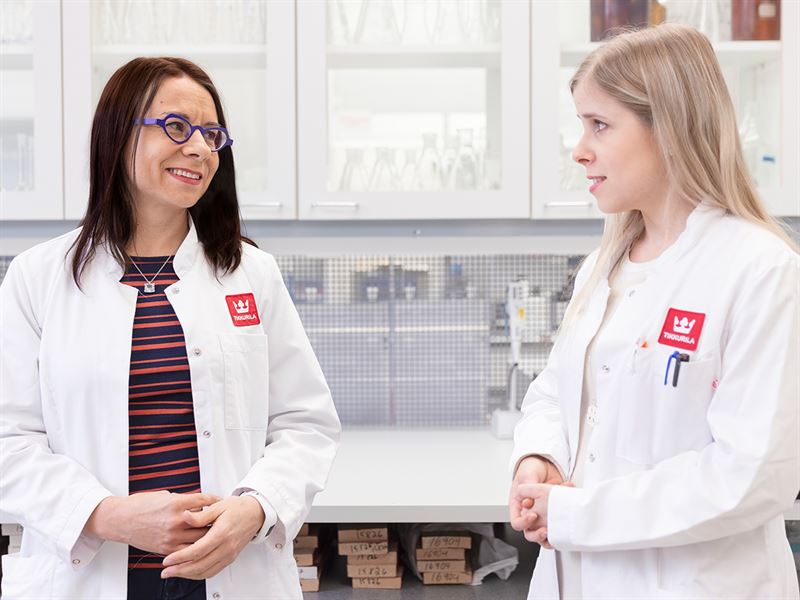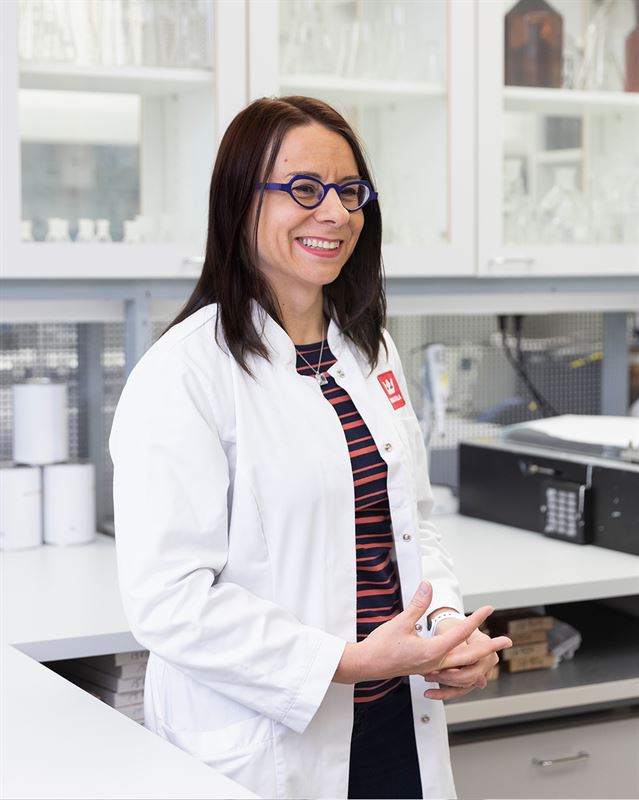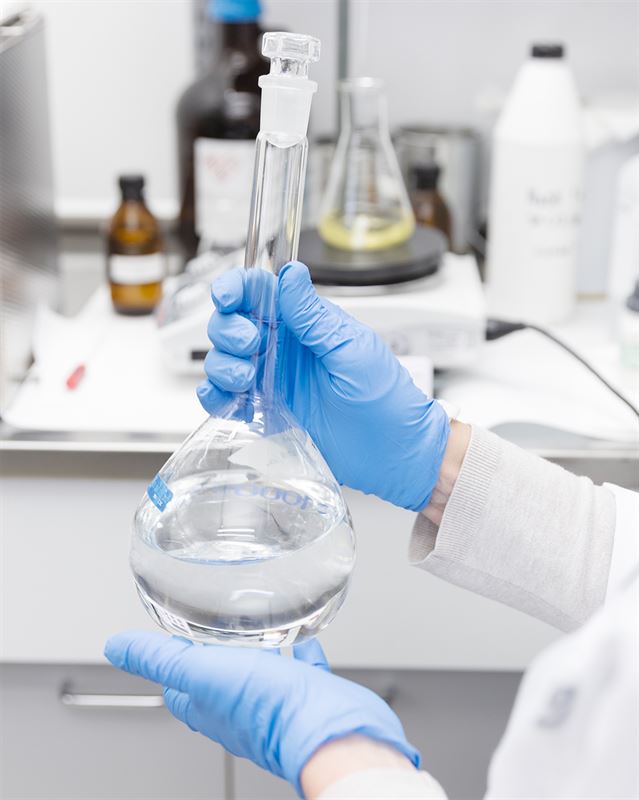What will the scientific community of colors look like tomorrow? In conversation with two chemistry professionals from Tikkurila’s Research and Development team.
It goes without saying that women are intelligent, tough and capable of changing the world. Despite that and the huge progress that has already been made, a big gender gap still exists at all levels of science around the world. That’s why, on February 11, we celebrate the International Day of Women and Girls in Science organized by United Nations. Today, we raise a toast to the diverse workforce of Tikkurila by interviewing two steadfast professionals: Heidi Helkamo, RDI Director Tikkurila Finland and Minna Perttu, a researcher from our research and development department.

Behind the colors
In this blog series, we venture into the world of color and meet specialists across the field to discuss sustainable surface treatments today and tomorrow; at home and abroad.
What inspired you to first get into science?
Minna: “At school, I really enjoyed chemistry and math, as they both felt easy and fun. I’ve always loved chemistry for its systematicness, rigidity and, surprisingly, playfulness. It lets me experiment.”
Heidi: “My story is a lot like Minna’s. The logical nature of chemistry and its pragmatism have always fascinated me. I love solving tricky problems and chemistry gives me the opportunity to do it on a daily basis.”

What inspires you the most today?
H: “One of my main motivations for getting into chemistry was sustainability. It still drives me. I feel like in my position today I have a lot of power to trigger positive changes in the chemistry industry.”
M: “I love working with people and for clients. We’re not just doing things for the sake of doing things, but to solve real problems and discover new solutions.”
Heidi, you mentioned sustainability. Could you tell us more about it?
H: “To be quite honest, our industry isn’t known for being especially sustainable, but we have the power to make changes that have positive long-term consequences. We can, for instance, manufacture products that will last for decades and experiment with paints that have a smaller ecological footprint. There is a lot to do, and we have a huge responsibility to make a difference. ”
Are there any women in science you look up to?
M: “Tikkurila is full of women like my boss Heidi who have built great careers and gained a wealth of expertise and experience. It’s extremely impressive”
H: “I look up to women who were brave enough to pursue their scientific dreams at a time when chemistry was a strictly masculine practice. For instance, someone like Marie Curie was so ahead of her time. I hugely admire that.”

How could we encourage girls to participate in the scientific community?
H: “In my opinion, there’s no reason why science should be a male-dominated field. Girls are often more self-conscious than boys and just need a push. I would love to be able to encourage girls to explore the field, see what science is all about and draw their own maps.”
M: “Everyone should follow what feels natural and intuitive to them. If you love maths, chemistry and science, be brave and go for it!”
What kind of a scientific community would you like to exist in the future?
M: “An open-minded one. One in which people work together and appreciate each others’ differences. A collaborative community that strives towards new things together. I think the scientific community of the future will be inclusive and diverse.”
H: “I’d love to see more open collaboration and a wider sense of community.”
What is the dream surface treatment you wish you could develop?
H: “I’m really excited about the possibilities of bio-based paints. We’ve now launched our first wall paint in Sweden in which we replaced as many fossil-based, non-renewable ingredients as possible with bio-based ones. I’d love to make further steps in that.”
M: “In my wildest dreams, I’d develop a paint that would have an extraordinary functionality – like a paint that would instantly become a solar panel! I’m striving towards creating a surface treatment that will shake the whole industry.”

Researching and developing today and tomorrow: Tikkurila's R&D department
- Main tasks: developing new products, minimizing the environmental and health impacts of surface treatments, creating new business opportunities
- Key principles of Tikkurila product development: quality, durability and safety
- Tikkurila products undergo extensive laboratory testing and thorough field testing
- Research development sites in Finland, Poland, Russia, Sweden and Estonia
- Around the globe a total of 175 Research and Development professionals of which 73 % are women. Nearly 1000 women working in Tikkurila today.
Further information:
Tikkurila Oyj
Nina Kaijasilta
PR, Group Communications
Tel. +358 40 757 3259
nina.kaijasilta@tikkurila.com
Sustainable Nordicness
Tikkurila is a leading Nordic paint company with expertise that spans decades. We develop premium products and services that provide our customers with quality that will stand the test of time and weather. We operate in around ten countries and our 3,000 dedicated professionals share the joy of building a vivid future through surfaces that make a difference. In 2017, our revenue totaled EUR 582 million. The company is listed on Nasdaq Helsinki. Nordic quality from start to finish since 1862.
Tags:





